Up to now more than 19,000 graduates devote themselves to the development of China. Some of them became members of CAS and CAE, directors of Engineering Bureau, presidents of design institutes and design masters, and some of them became mayors and ministers. The alumni of the DCE have made significant contributions to the economic growth and social development, and the graduates worked actively in international academic community and made remarkable achievements. The following alumni are members of CAS and CAE. They are leading researchers and engineers in civil engineering of China.
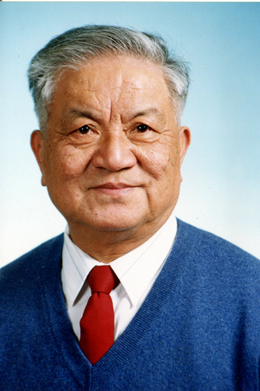
Long Yuqiu was born in Anhua, Hunan Province, in Jan. 15th 1926. As a professor of Tsinghua University, he has been an expert of civil engineering and structural mechanics. He graduated from the department of civil engineering Tsinghua University in 1948 and has been a teacher in Tsinghua University until now. In 1995, Long was chosen to be an academician of the Chinese Academy of Engineering.
For a long time, Long has been involved in the teaching and scientific research work in the field of structural mechanics, finite element method, energy principle and shell structures. In the aspect of finite element and variational principle, he acquired a number of pioneering achievements. His scientific achievements were used in regulations of shell structures design by Ministry of Construction, guiding the design and construction of shell structures domestically. Not only that, Long created the analysis method of big orifices on thin shells, which improved the design level.
Long has written many treatises, such as Advanced Finite Element Method in Structural Engineering, New Types of Finite Elements, Foundation and Progress of Energy Principle, Viarational Principle · Finite Elements · Analysis of shells, as well as numbers of textbooks such as Structural Mechanics, Introduction to Shell Structures and so on.
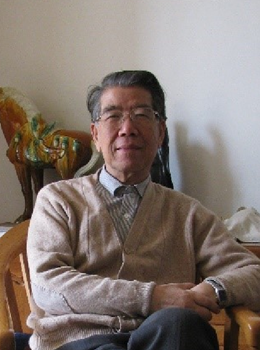
Chen Zhaoyuan was born in Ningbo, Zhejiang Province, in Oct. 1st 1931. As a professor of Tsinghua University, he has been an expert of civil engineering and protective engineering. He graduated from the department of civil engineering Tsinghua University in 1952 and has been a teacher in Tsinghua University until now. In 1997, Chen was chosen to be the academician of the Chinese Academy of Engineering.
For a long time, Chen has been involved in the theoretical and experimental research of behaviors of structures under explosion and impact as well as corresponding design methods. Besides, he has also done lots of researches of concrete structures. Many of Chen’s achievements have been used in national standards and a number of important projects. Chen has also made remarkable achievements in the researches and promotion of high-strength and high-perance concrete and soil nailing support technology, as well as complication of corresponding design and construction regulations.
In recent years, Chen has been engaged in researches of security of building structures and durability of concrete structures, taking charge of compiling design regulations to prolong lifespan of civil structures of our country. What’s more, Chen has written more than 300 research papers and reports.
In the aspect of finite element and variational principle, he acquired a number of pioneering achievements. His scientific achievements were used in regulations of shell structures design by Ministry of Construction, guiding the design and construction of shell structures domestically. Not only that, Long created the analysis method of big orifices on thin shells, which improved the design level.
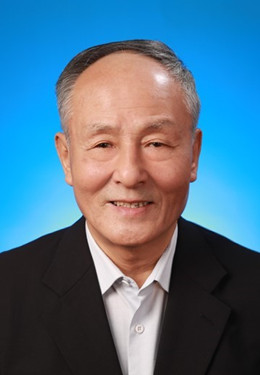
Liao Zhenpeng was born in Chengdu, Sichuan Province, in Feb. 8th 1937. As a researcher in institute of engineering mechanics of China Earthquake Administration, he is also a professor of Harbin Institute of Technology. He was studying in department of civil engineering Tsinghua University from 1956 to 1961. In 1997, Liao was chosen to be the academician of the Chinese Academy of Engineering.
Liao has been engaged in scientific research and teaching work in the field of earthquake engineering and fluctuation. Devoted into combination of civil engineering and seismology, Liao mainly studies the seismic risk evaluation which is used in the earthquake disaster mitigation for our country. In the field of fluctuation, he mainly studies the numerical simulation of fluctuation, of which research results are used in seismic design of large engineering projects in our country and widely cited by international counterparts in the field of computational electromagnetics, geophysics and acoustics. What’s more, Liao wrote Earthquake Zoning – Theory and Practice in 1989 and Introduction to Theory of Engineering Fluctuation in 1996.
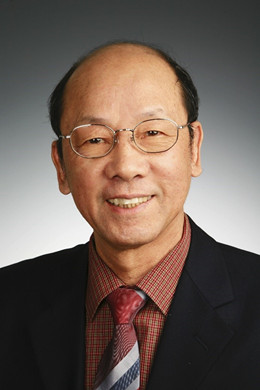
Jiang Huancheng was born in Meizhou, Guangdong Province, in Jan. 1938. Not only an expert of engineering structures, he’s but also a master of prospective design. Jiang had been the member of the CPPCC, government consultation of Shanghai, vice president of association for science and technology of Shanghai, part-time professor of Tsinghua University, Tongji University and Zhejiang University. He was studying in department of civil engineering Tsinghua University from 1957 to 1963. In 1995, Jiang was chosen to be the academician of the Chinese Academy of Engineering.
Jiang had worked in East China Architectural Design Institute in Shanghai, Arup Group in UK and Hong Kong, Shanghai Xian Dai Architectural Design (Group) Co. Ltd and Jiang Architects & Engineers in Shanghai. Now, he is the senior chief engineer of Shanghai Xian Dai Architectural Design (Group) Co. Ltd and the chairman of Jiang Architects & Engineers.
Dedicated to design and research of construction engineering, Jiang successfully designed a number of large engineering projects, including Datun Coal Mine, satellite earth station of Shanghai, the Zambia Headquarters, the Oriental Pearl Tower, the Jakarta Tower in Indonesia, the Shanghai Jasper tower, the Shanghai Jin Mao Tower and so on.
Carrying out the principle of Tsinghua, "to work healthily for motherland for 50 years", Jiang devotes himself to optimization and innovation of civil design.
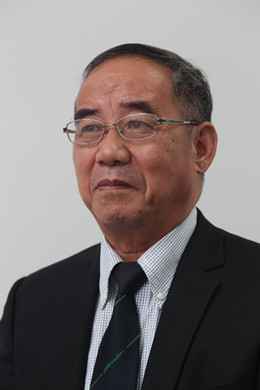
Gong Xiaonan was born in Jinhua, Zhejiang Province, in Oct. 12nd 1944. As an expert of geotechnical engineering, he is also a professor, PhD supervisor as well as the director of Research Center of Coastal and Urban Geotechnical Engineering of Zhejiang University. He got enrolled by department of civil engineering and architecture Tsinghua University in 1961 and graduated from department of industrial and civil construction in 1967. In 2011, Gong was chosen to be the academician of the Chinese Academy of Engineering.
For a long time, Gong has been engaged in the teaching and theoretical research of geotechnical engineering. Creating generalized composite foundation theory, he promoted the application of composite foundation engineering. For years, Jiang is researching in theory and technology of ground treatment and taking charge of soft soil foundation treatment of many critical projects such as construction engineering, transportation engineering, airports, reclamation and so on, solving lots of technical problems. What’s more, Jiang raised the idea that foundation pit should be designed based on deation and stability and application should be determined by critical height of soil nailing support. Besides, he came up with the groundwater control principle of foundation pit engineering, improving the design level of foundation pit support.
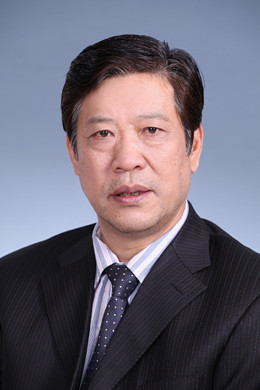
Xiao Xuwen was born in Shangluo, Shanxi Province, in Apr. 13rd 1953. He’s an expert of building construction. Now, Xiao is the chief expert and chief consultant engineer of technical center of China State Construction Engineering Corp, as well as vice president of China Construction Industry Association and executive deputy director of construction engineering and technical committee. He graduated from department of civil engineering Tsinghua University in 1977. In 2011, Xiao was chosen to be the academician of the Chinese Academy of Engineering.
For a long time, Xiao has been engaged in researches of construction technology. Working at the front line, he has acquired rich design and construction experience, especially in the fields of construction of complicated concrete structures, pre-stressed steel structures and green structures, making contribution to promotion of green construction and progress of technology. In recent years, Xiao has conducted the thorough research in green and 3D construction, gaining great achievements. He has won three Second Class Prizes of The State Scientific and Technological Progress Awards and five First Class Prizes of The Ministerial and Provincial-Level Science and Technology Awards. Besides, Xiao is the chief editor of 6 national and industrial standards. Among these standards, Building Construction Handbook is honored as one of the ten master pieces which promote scientific and technological progress of our country.
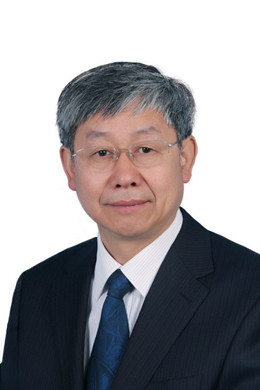
Nie Jianguo was born in Aug. 4th 1958, in Hengyang, Hunan Province. He is an expert of structural engineering as well as professor of Tsinghua University. He had been a postdoctoral researcher in Tsinghua University from 1992 to 1994. After graduating, he began to teach at Tsinghua up to now. In 2013, Nie was chosen to be the academician of the Chinese Academy of Engineering.
For a long time, Nie has devoted himself to research and promotion of steel - concrete composite structures. He has published more than 100 papers on domestic and international famous academic journals in the field of structural engineering and had more than 20 invention patents. Nie has acquired the first Steel Structure Outstanding Talent Award of China Steel Structure Association, Outstanding Contribution Award of Steel-Concrete Composite Structures Chapter, China Steel Structure Association and the ninth Engineering Award of Guanghua Engineering Technology Award. What’s more, he has won Second Class Prizes of The State Scientific and Technological Progress Awards and First Class Prizes of The State Scientific and Technological Invention Awards. Besides, Nie has won national excellent post-doctor, national excellent scientific and technical worker, national model teacher and national advanced worker.